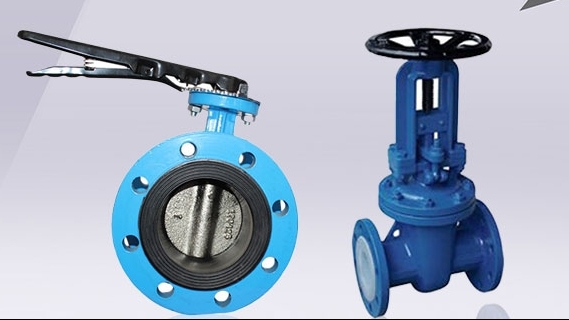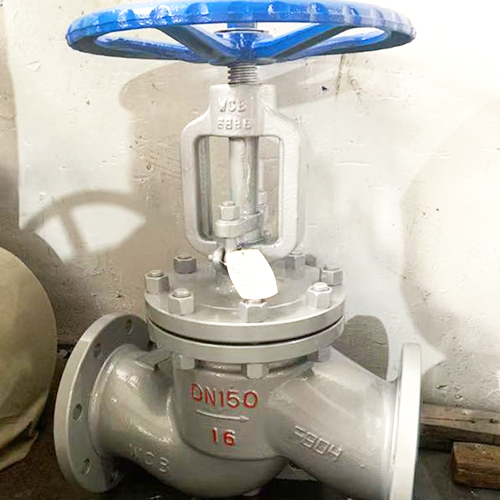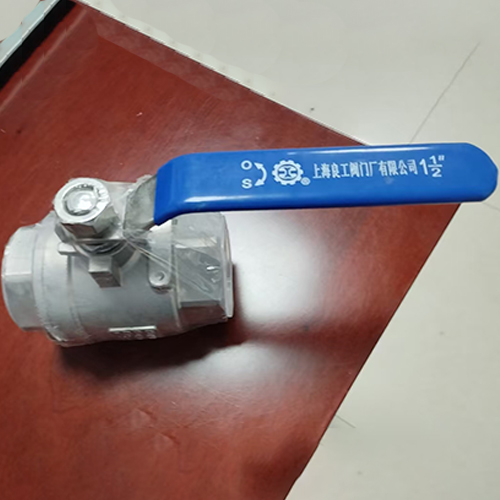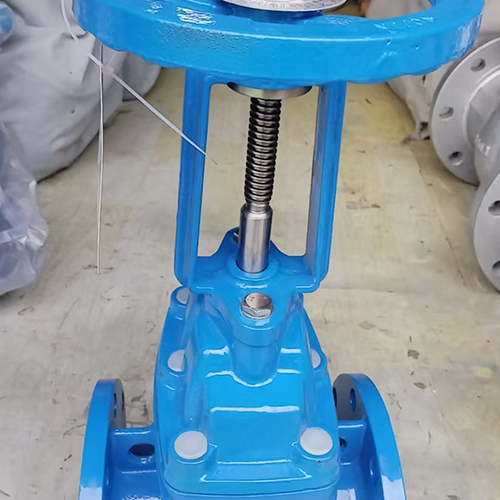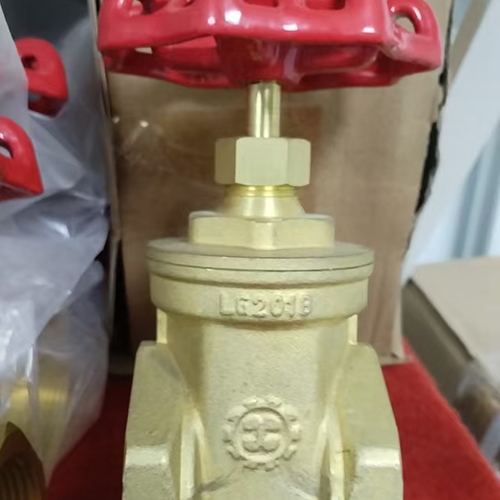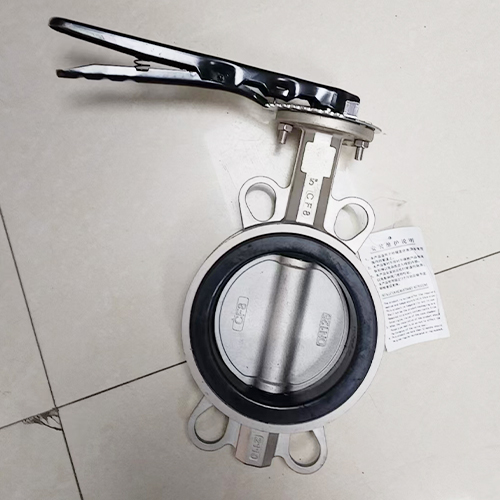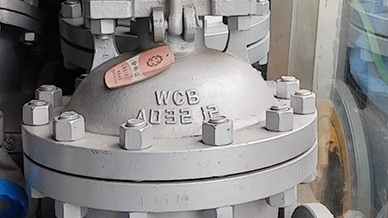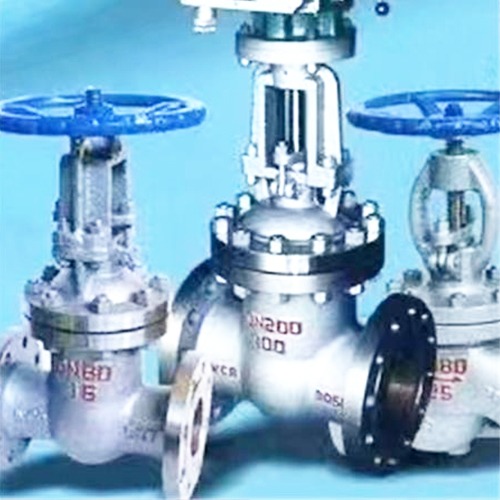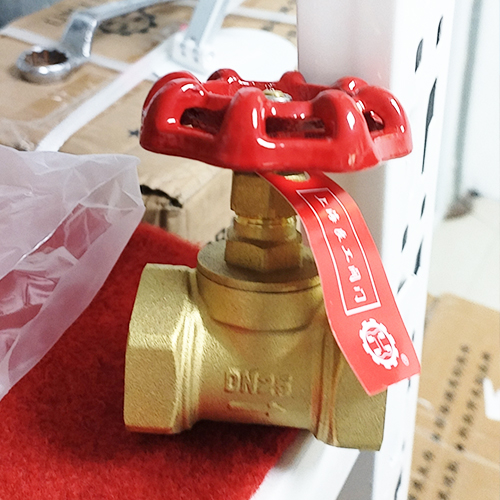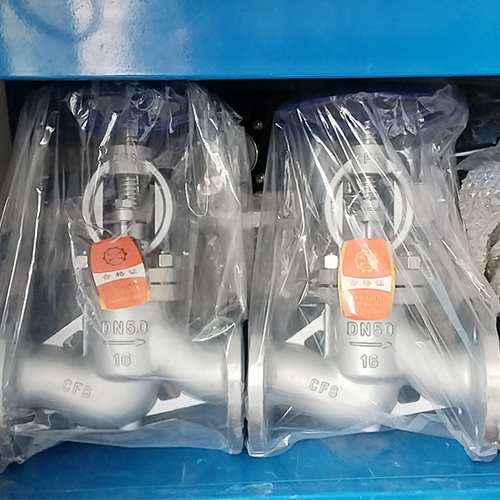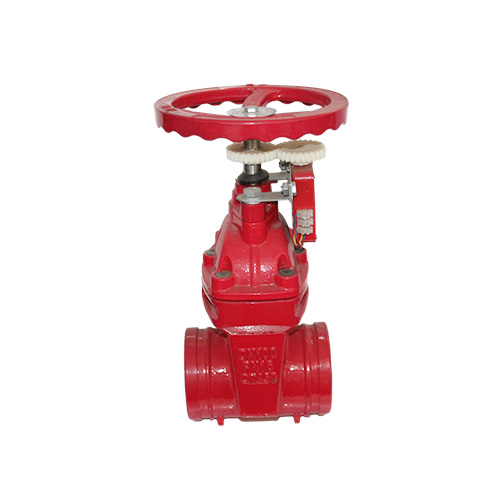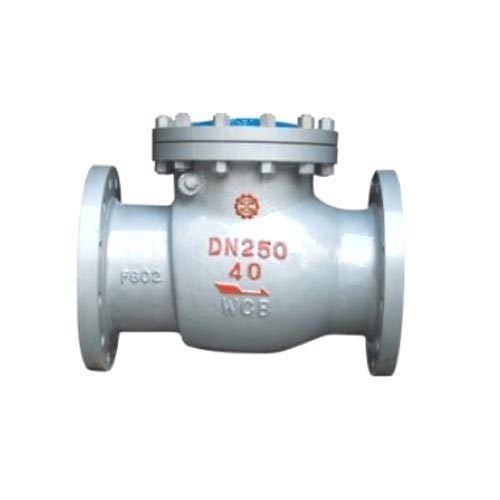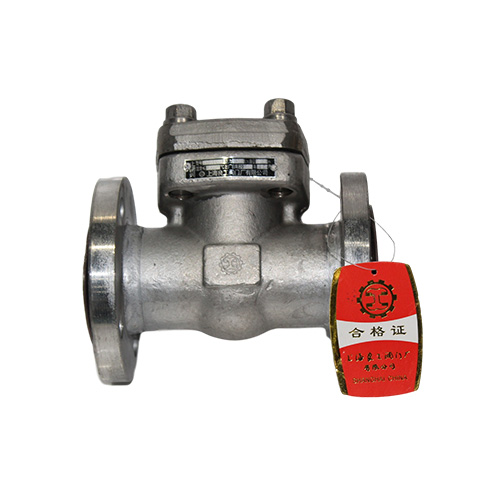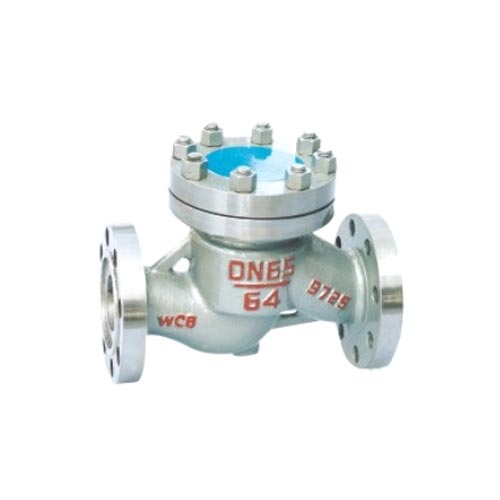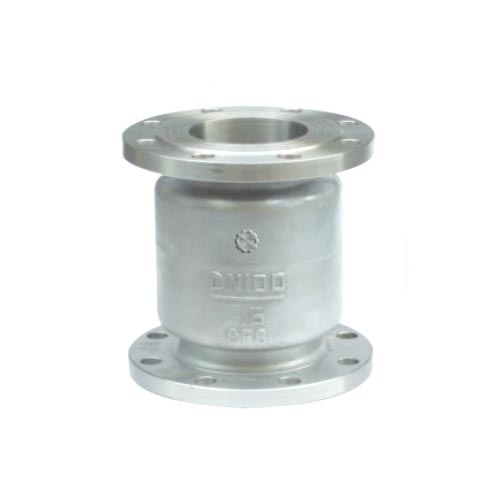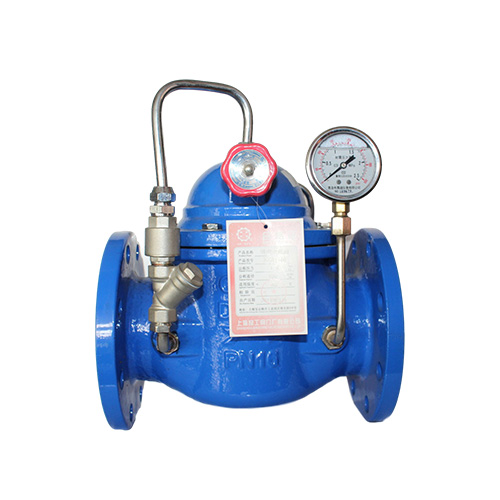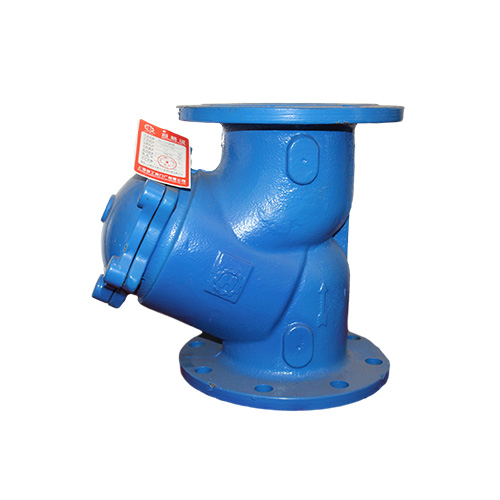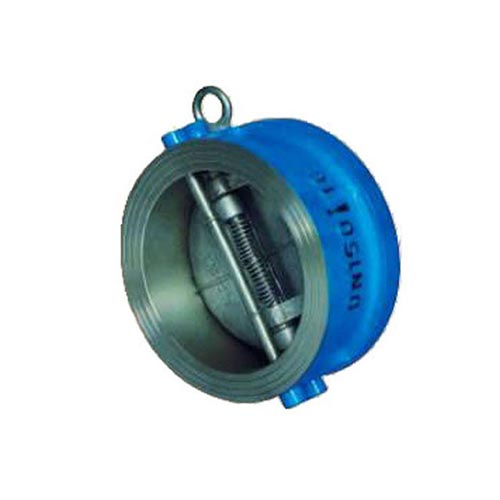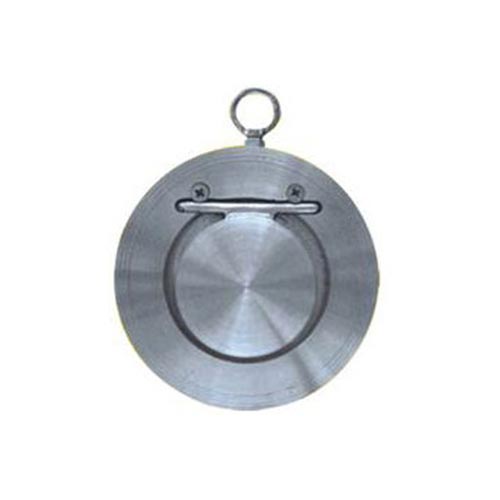在零下196℃的液氮储罐旁,在北极圈的油气平台上,低温阀门如同坚守寒冬的卫士,默默对抗着热力学定律的挑战。当介质温度跌破冰点,阀门冻结不仅会导致操作失灵,更可能引发管道破裂、介质泄漏等连锁灾难。如何让这些“冰封战士”保持战斗力?本文将揭示从材料革新到结构设计的全维度防冻策略。
Beside the liquid nitrogen storage tank at minus 196 ℃ and on the oil and gas platform in the Arctic Circle, the low-temperature valve acts as a guardian of the cold winter, silently challenging the laws of thermodynamics. When the temperature of the medium drops below freezing point, valve freezing not only leads to operational failure, but also may cause chain disasters such as pipeline rupture and medium leakage. How to keep these 'frozen warriors' combat effectiveness? This article will reveal a comprehensive antifreeze strategy from material innovation to structural design.
一、材料选型:打造“抗冻基因”
1、 Material selection: Creating a 'frost resistant gene'
传统阀门在极寒环境中如同脆弱的冰雕,而特种低温合金的诞生,为阀门注入了“抗冻基因”:
Traditional valves are like fragile ice sculptures in extremely cold environments, while the birth of special low-temperature alloys injects a "frost resistance gene" into valves:
镍基合金:以Inconel 725为代表的镍基材料,在-200℃下仍能保持30%以上的室温韧性,如同给阀门穿上“液态金属铠甲”。某液化天然气项目实测显示,采用该材料的阀门在经历50次液氮急冷循环后,密封面形变量仍低于0.01mm。
Nickel based alloys: Nickel based materials represented by Inconel 725 can maintain over 30% room temperature toughness at -200 ℃, just like putting a "liquid metal armor" on a valve. The actual measurement of a liquefied natural gas project shows that after 50 cycles of liquid nitrogen rapid cooling, the deformation of the sealing surface of the valve using this material is still less than 0.01mm.
奥氏体不锈钢:通过添加2%-3%的钼元素,316L不锈钢的低温冲击功提升40%,能有效抵御氢脆风险。这种材料在深冷乙烯管道中已稳定运行超10万小时。
Austenitic stainless steel: By adding 2% -3% molybdenum element, the low-temperature impact energy of 316L stainless steel is increased by 40%, which can effectively resist the risk of hydrogen embrittlement. This material has been operating stably for over 100000 hours in cryogenic ethylene pipelines.
复合材料:碳纤维增强PEEK(聚醚醚酮)阀门,密度仅为金属的1/5,却能承受-100℃至260℃的极端温差,在超导磁体冷却系统中大显身手。
Composite material: Carbon fiber reinforced PEEK (polyetheretherketone) valve, with a density of only 1/5 of metal, can withstand extreme temperature differences from -100 ℃ to 260 ℃, making it highly effective in superconducting magnet cooling systems.
二、结构优化:让热量“流动”起来
2、 Structural optimization: Let heat flow
低温阀门的冻结往往始于局部热量流失,结构创新成为破局关键:
The freezing of low-temperature valves often begins with local heat loss, and structural innovation becomes the key to breaking through:
流线型流道设计:采用仿生学原理,将阀腔设计成“鲨鱼鳃”状导流结构,减少介质湍流,降低压力损失。某航天机构测试表明,这种设计能使阀内介质温度波动幅度减小60%。
Streamlined flow channel design: Using biomimetic principles, the valve chamber is designed as a "shark gill" shaped flow guiding structure to reduce medium turbulence and pressure loss. A space agency test showed that this design can reduce the temperature fluctuation amplitude of the medium inside the valve by 60%.
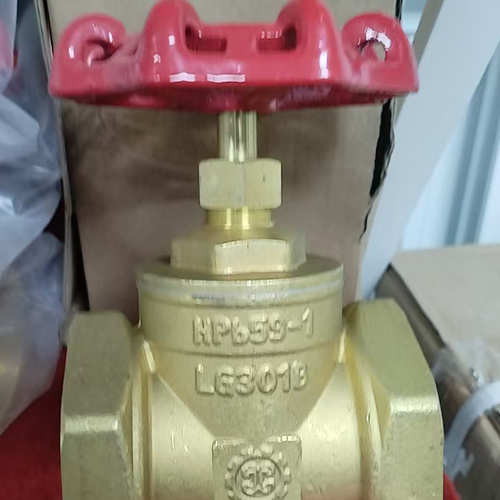
双层夹套结构:在阀体外壁增设真空隔热层,内充氩气或氮气,形成“热断桥”。某极地科考船的低温截止阀采用该技术后,表面结霜量减少85%。
Double layer jacket structure: A vacuum insulation layer is added to the outer wall of the valve body, filled with argon or nitrogen gas to form a "thermal bridge". After adopting this technology, the low-temperature shut-off valve of a certain polar research vessel reduced the amount of frost on the surface by 85%.
自调节泄压装置:集成形状记忆合金弹簧,当阀腔压力异常升高时自动开启微孔泄压,避免密封面因热胀冷缩产生间隙。
Self regulating pressure relief device: Integrated shape memory alloy spring, automatically opens micro hole pressure relief when the valve chamber pressure rises abnormally, avoiding gaps on the sealing surface due to thermal expansion and contraction.
三、主动防护:与寒流正面交锋
3、 Active protection: confront the cold wave head-on
当被动防御不足以应对极端环境,主动防护技术成为最后防线:
When passive defense is insufficient to cope with extreme environments, active protection technology becomes the last line of defense:
电脉冲除冰系统:在阀杆周围埋设柔性电热膜,通过毫秒级脉冲加热融化冰层。该技术已在高纬度风电场液压阀门中应用,除冰能耗较传统电伴热降低70%。
Electric pulse de icing system: A flexible electric heating film is embedded around the valve stem to melt the ice layer through millisecond level pulse heating. This technology has been applied in hydraulic valves of high latitude wind farms, reducing de icing energy consumption by 70% compared to traditional electric heat tracing.
超声波防冻:沿阀体布置微型超声波换能器,产生20-40kHz振动波,破坏冰晶形成条件。实验室数据显示,在-50℃环境中可使结冰时间延长3倍以上。
Ultrasonic antifreeze: Micro ultrasonic transducers are arranged along the valve body to generate 20-40kHz vibration waves, which disrupt the conditions for ice crystal formation. Laboratory data shows that freezing time can be extended by more than three times in an environment of -50 ℃.
相变材料(PCM)填充:在阀腔填充石蜡类PCM,利用其相变潜热吸收冷量。当环境温度突降时,PCM释放储存的热量,为阀门争取2-3小时的“抗冻窗口期”。
Phase change material (PCM) filling: Fill the valve chamber with paraffin PCM and use its latent heat of phase change to absorb cold. When the ambient temperature suddenly drops, PCM releases the stored heat to provide the valve with a 2-3 hour "frost resistance window period".
四、运维智慧:建立“抗冻档案”
4、 Operation and Maintenance Wisdom: Establishing an "Anti freeze Archive"
再先进的阀门也需要科学维护,建立数字化运维体系至关重要:
Even the most advanced valves require scientific maintenance, and establishing a digital operation and maintenance system is crucial
温度云图监测:在阀体关键部位布置光纤光栅传感器,实时绘制温度分布图。当某区域温度异常偏低时,系统自动预警并推荐保温措施。
Temperature cloud monitoring: Install fiber Bragg grating sensors at key parts of the valve body to draw real-time temperature distribution maps. When the temperature in a certain area is abnormally low, the system automatically alerts and recommends insulation measures.
操作频次优化:通过历史数据分析阀门动作规律,避免在介质凝固点附近频繁启闭。某化工厂据此调整操作规程后,阀门卡阻故障率下降90%。
Optimization of operating frequency: By analyzing historical data on valve action patterns, avoid frequent opening and closing near the freezing point of the medium. After adjusting the operating procedures based on this, the valve blockage failure rate in a certain chemical plant decreased by 90%.
冷态测试认证:要求所有低温阀门出厂前通过-196℃液氮浸泡测试,记录密封面泄漏率、操作扭矩等参数,建立“一阀一档”质量追溯体系。
Cold state testing certification: All low-temperature valves are required to undergo a -196 ℃ liquid nitrogen immersion test before leaving the factory, recording parameters such as sealing surface leakage rate and operating torque, and establishing a "one valve, one file" quality traceability system.
本文由良工阀门友情奉献.更多有关的知识请点击:http://www.jnlgvf.com真诚的态度.为您提供为全面的服务.更多有关的知识我们将会陆续向大家奉献.敬请期待.
This article is a friendly contribution from Lianggong Valve For more information, please click: http://www.jnlgvf.com Sincere attitude To provide you with comprehensive services We will gradually contribute more relevant knowledge to everyone Coming soon.
 企业公告:
企业公告:

